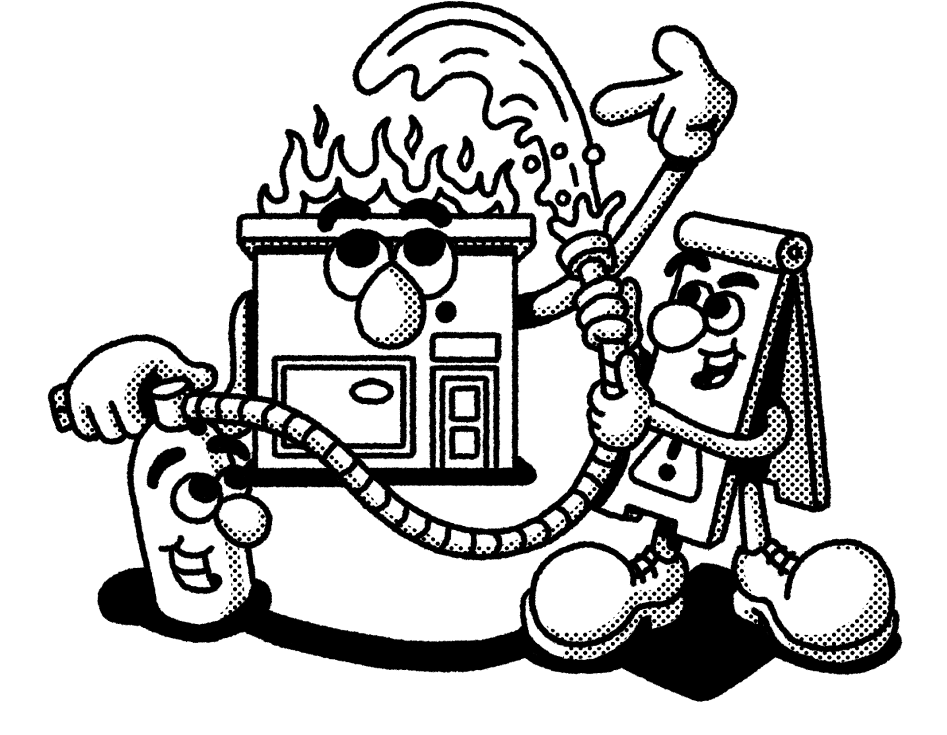Jump ahead to learn:
- Is Workers’ Compensation insurance required in Minnesota?
- How does Minnesota Workers’ Compensation work?
- Workers’ Compensation benefits in Minnesota
- MN Workers’ Compensation death benefits
- Minnesota Workers’ Comp insurance rates
- What if you don’t have Workers’ Comp insurance in Minnesota?
- Who is exempt from Minnesota Workers’ Compensation laws?
- How NEXT helps Minnesota small business owners
Is Workers’ Compensation insurance required in Minnesota?
Yes, Minnesota state laws require employers to purchase workers’ compensation insurance or obtain approval from the Department of Commerce for self-insurance. There’s no minimum number of employees required, so even employers with only one part-time employee must provide coverage.
How does Minnesota Workers’ Compensation work?
Workers’ compensation is a no-fault system that helps employees who are injured or become ill through employment activities.
Because MN workers’ comp is no-fault, employees don’t need to prove negligence from the employer to establish liability, and an employer can’t claim employee negligence as a defense to a claim. Similarly, if an employee accepts workers’ comp benefits, they cannot sue their employer.
Typically, Minnesota workers’ compensation helps cover:
- Medical expenses
- Lost wages
- Rehabilitation and physical therapy services
- Retraining if you can no longer do your job
- Permanent injury
- Death benefits and survivor benefits
Work-related injuries can include traumatic, repetitive, occupational and qualifying mental injuries. Employees only need to show that their employment activities contributed to their disability or need for medical care.
Workers’ Compensation benefits in Minnesota
The Minnesota workers’ compensation system provides several types of benefits, including wage loss, medical and vocational rehabilitation.
Wage-loss benefits won’t be paid until employees have missed three calendar days of work due to their disability. However, if their impairment continues for ten calendar days, they will be paid for the entire absence time.
Employees who are injured or ill through work can be eligible for the following workers’ comp benefits:
- Temporary total disability (TTD). The weekly compensation rate is typically two-thirds of the employee’s gross weekly wage, subject to state minimums and maximums.
- Temporary partial disability (TPD). Payable at two-thirds of the difference between what the employee earned at the time of the injury and the current earnings.
- Permanent total disability (PTD). The PTD rate is two-thirds of an employee’s gross weekly wage at the time of injury, with the same maximum weekly compensation for TTD and a minimum PTD rate of 65% of the statewide average weekly wage.
- Permanent partial disability (PPD). Ratings are based on the percentage of disability to the body, determined by the PPD schedule. PPD benefits can be paid concurrently with other benefits.
- Medical benefits. Benefits include reasonable and necessary medical treatment or supplies to cure or relieve the effects of the work injury. Treatments can include psychological, chiropractic, podiatric, surgical and hospital treatment. Employers are responsible for repairing or replacing medical aids/devices damaged by compensable injuries. They must cover reasonable expenses for treatment, including travel, copying, medical reports, and attorney fees.
- Vocational rehabilitation benefits. Services may include vocational evaluation, counseling, job modification, job development, job placement, job-seeking skills training, on-the-job training and retraining.
MN Workers’ Compensation death benefits
When a worker dies as a result of a work injury or occupational disease, their dependents may be entitled to dependency benefits. These may include surviving spouses, children and other persons fully or partially supported by a deceased worker.
The amount and duration of the benefit is based on the employee’s weekly wage at the time of injury (with adjustments) and the number and type of dependents at the time of death. Amounts usually range from 45%–66 ⅔% of the deceased wages.
Workers’ comp can also help pay for funeral expenses. Policies can pay burial costs up to $15,000.
Minnesota Workers’ Comp insurance rates
Workers’ compensation costs vary across industries. Factors that influence price include:
- The number of employees and the type of work they do
- Your total payroll
- Your insurance claims history
- The locations where you do business
The best way to determine the insurance rate for your business is to get a free instant quote from NEXT.
What if you don’t have Workers’ Comp insurance in Minnesota?
Minnesota’s Special Compensation Fund unit investigates employers who may not carry workers’ comp coverage for employees.
Failure to comply can result in fines of up to $1,000 per employee per week without coverage. Employers have 10 days to comply with or contest a Minnesota Department of Labor and Industry (DLI) order regarding insurance. If contested, a workers’ compensation judge will review the case, potentially imposing additional penalties if employees remain uninsured during proceedings.
If an uninsured employee suffers a work-related injury, they may seek benefits from the state’s Special Compensation Fund. A judge will determine employer liability and may order the fund to pay benefits, requiring the employer to reimburse the fund and pay a penalty of 65% of those benefits.
Who is exempt from Minnesota Workers’ Compensation laws?
Minnesota requires all employers to carry workers’ comp insurance. However, there are a few limited exceptions.
- Certain family farm workers
- Sole proprietors and some family members
- Certain corporate or LLC members
- Certain independent contractors
- Some domestic workers
How NEXT helps Massachusetts small business owners
NEXT can give you a free workers’ compensation coverage quote in about 10 minutes. Buy affordable coverage online and instantly share a certificate of insurance at no extra cost.
You can manage your policy 24/7 via web or mobile app.
And if you have questions, our licensed, U.S.-based insurance professionals are available to help.
We strive to resolve every claim quickly. Learn more about our claims process and how our claims advocates will work with you after an employee injury.






